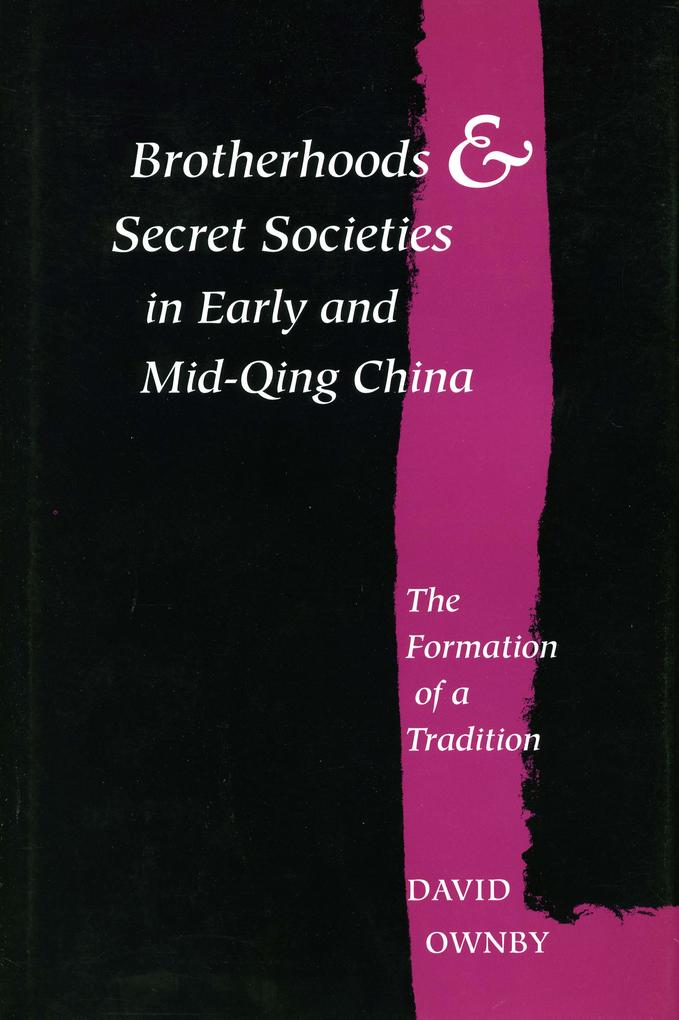
Zustellung: Mi, 09.07. - Mo, 14.07.
Versand in 2 Wochen
VersandkostenfreiBestellen & in Filiale abholen:
This study examines the emergence and evolution in China of a tradition of popular organization generally known under the rubric of "secret society." The author suggests that the secret society is properly understood as one variety of the "brotherhood association," a category that encompasses a range of popular fraternal organizations that flourished in the early and mid-Qing period.
>
>
Inhaltsverzeichnis
A note on conventions; Introduction: Chinese brotherhoods and secret societies through the opium war; 1. Brotherhood associations in Southeast China through the Lin Shuangwen rebellion; 2. Brotherhood associations, secret societies, and rebellion: the background to the Lin Suangwen uprising; 3. Rebellions with and without secret societies: Zhu Yigui and Lin Shuangwen compared; 4. Secret societies and popular religion: the Tianhihui in the Western Fujian-Eastern Jiangxi region in the Jiaqing-Daoguang period; 5. Marginality and ideology: Qing representations of brotherhood associations and secret societies; 6. Chinese brotherhood associations and late imperial China; Appendix A: Participation in the Lin Shuangwen uprising; Appendix B: Chronology of the Lin Shuangwen uprising; Notes; Bibliography; Glossary; Index.
Produktdetails
Erscheinungsdatum
01. September 1996
Sprache
englisch
Seitenanzahl
256
Autor/Autorin
David Ownby
Verlag/Hersteller
Produktart
gebunden
Gewicht
588 g
Größe (L/B/H)
237/162/24 mm
ISBN
9780804726511
Bewertungen
0 Bewertungen
Es wurden noch keine Bewertungen abgegeben. Schreiben Sie die erste Bewertung zu "Brotherhoods and Secret Societies in Early and Mid-Qing China" und helfen Sie damit anderen bei der Kaufentscheidung.









